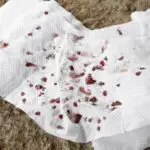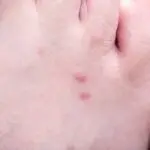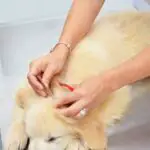When Do Dogs Get Fleas?
The first step to treating a dog for fleas is prevention. Fleas have four life stages: eggs, larvae, pupae and adult fleas. The adult fleas feed on your dog. They have long, springy legs. The life cycle of fleas is complex, beginning with eggs in the environment and ending in adult fleas in a host animal. Once a dog has been infested by fleas, it may be difficult or impossible to eliminate them.
The first step in preventing flea infestation is to keep your dog indoors. Fleas jump about 12 inches, which means that they can transfer from one animal to another. They can also transfer to a dog from grass or a kennel. In addition to that, wildlife can leave behind larvae that your dog may pick up.
Fleas are small and hard to see, but the symptoms of an infestation can be obvious. Your dog may begin to scratch excessively, and its skin might become red or swollen. It might also shed hair, which is another sign of an infestation. A pet owner can check for fleas by examining the dog’s skin and paws. If you find flea dirt, you should brush your dog for fleas.
Another sign of flea infestation in your dog is constant scratching. A dog may scratch for several reasons, including ear infections and skin allergies. A dog may also scratch itself constantly to avoid bites. The skin of a dog bitten by fleas may have a salt-and-pepper mark.








